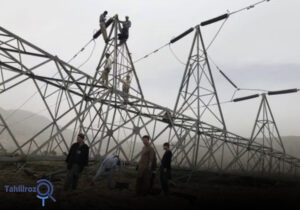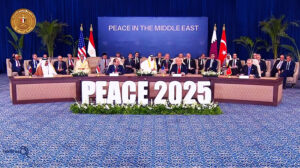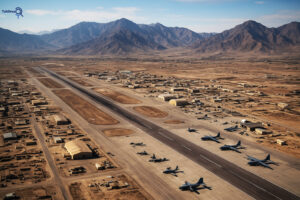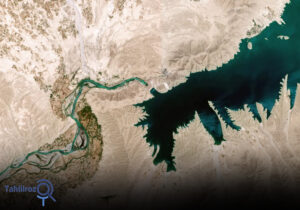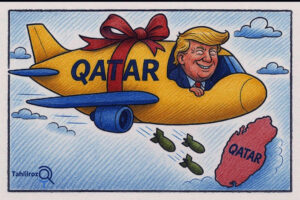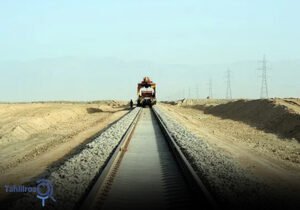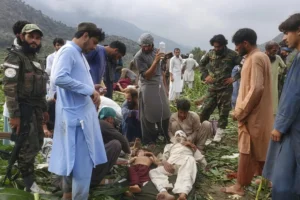Afghanistan Transit Potential
Afghanistan, due to its unique geopolitical and geographical position, has always been at the center of attention for regional and global powers. This country has historically acted as a crossroads of civilizations, a route along the ancient Silk Road, and a bridge connecting Central Asia, South Asia, and the Middle East. Although wars and political instability in recent decades have hindered optimal utilization of this golden opportunity, signs of increased transit capacity in Afghanistan have emerged in recent years.
The recent announcement by the Taliban regarding the movement of over 80,000 tons of goods via railways within a single week has once again drawn public and economic expert attention to Afghanistan’s strategic importance in regional transit. This figure not only reflects the gradual growth of the country’s rail transport network, but also opens up a new opportunity to examine Afghanistan’s position as a connecting link between major regional economies.
In its current condition, Afghanistan has the potential—through investment in transit infrastructure and effective management of trade routes—to transform itself from a consumer and import-dependent nation into a transit-oriented and revenue-generating country. This article aims to analytically examine Afghanistan’s transit potential.
Afghanistan: The Geopolitical Crossroads of the Region
Located at the heart of Asia, Afghanistan shares borders with six countries: Pakistan, Iran, Turkmenistan, Uzbekistan, Tajikistan, and China. This geographical span makes Afghanistan a natural bridge between energy-rich Central Asia and the densely populated markets of South Asia, as well as a corridor connecting East and West.
Afghanistan’s geographic significance is highlighted by the fact that, on one hand, the shortest route between landlocked Central Asian countries and the warm waters of the Indian Ocean passes through Afghan territory; on the other hand, China—as the largest economy in Asia—can access the Middle East and even Europe through Afghanistan. In the past, part of the ancient Silk Road ran through this very route, and today, the potential to revive this historic role still exists.
Beyond the economic dimensions, Afghanistan’s location holds strategic importance in terms of security and politics. Any country that controls Afghanistan’s transit routes gains potential leverage over the flow of regional trade. This reality has historically fueled rivalry and conflict among regional and global powers over Afghanistan. As such, Afghanistan’s geopolitical location acts as a double-edged sword: on one hand, it is a golden opportunity for development and economic growth; on the other, it can be a catalyst for regional tensions and competition.
Afghanistan Transit Projects and Corridors: From Railways to Air Corridors
Afghanistan has undertaken numerous efforts to develop its transit infrastructure. Although wars and instability have delayed the completion of many of these Afghanistan Transit projects, some progress has been made, now evident in the increased volume of goods in transit. Among these developments, the expansion of railways holds particular importance.
Afghanistan’s railway network is still in its infancy, but several key lines are already operational. These include the Hairatan-Mazar-i-Sharif line connecting Afghanistan to Uzbekistan, the Aqina-Andkhoy line linking it with Turkmenistan, and Torghundi in Herat, which also connects to Turkmenistan. In addition, Afghanistan’s connection to the Khaf-Herat railway in Iran, as well as development plans to link Mazar-i-Sharif to Kabul and eventually to Peshawar in Pakistan, provide a promising outlook for the country. The Taliban’s recent report of 80,000 tons of goods transported in one week via these railway lines further underlines their growing importance.
In addition to railways, Afghanistan also has several major road routes through which most imports and exports are conducted. Key border crossings include Islam Qala in Herat, Torkham and Spin Boldak on the Pakistan border, Shirkhan Bandar in the north, and Aqina in Turkmenistan—all considered critical trade arteries. Although these roads have high capacity, infrastructure degradation and periodic insecurity hinder their full utilization.
To facilitate trade, Afghanistan in recent years has also launched air corridors. These allow for the direct export of goods such as saffron, fresh and dried fruits, and other agricultural products to countries like India, Turkey, China, and the UAE. While air corridors cannot fully replace land routes, they offer valuable diversity in Afghanistan’s export channels.
Afghanistan is also part of major regional energy and trade initiatives. Projects such as the TAPI gas pipeline (transporting Turkmen gas through Afghanistan to Pakistan and India), the CASA-1000 project (transmitting electricity from Tajikistan and Kyrgyzstan to Pakistan), and the country’s ambition to join China’s Belt and Road Initiative all demonstrate that Afghanistan’s transit potential is not limited to goods alone—it also includes energy transit and participation in large-scale regional economic networks.
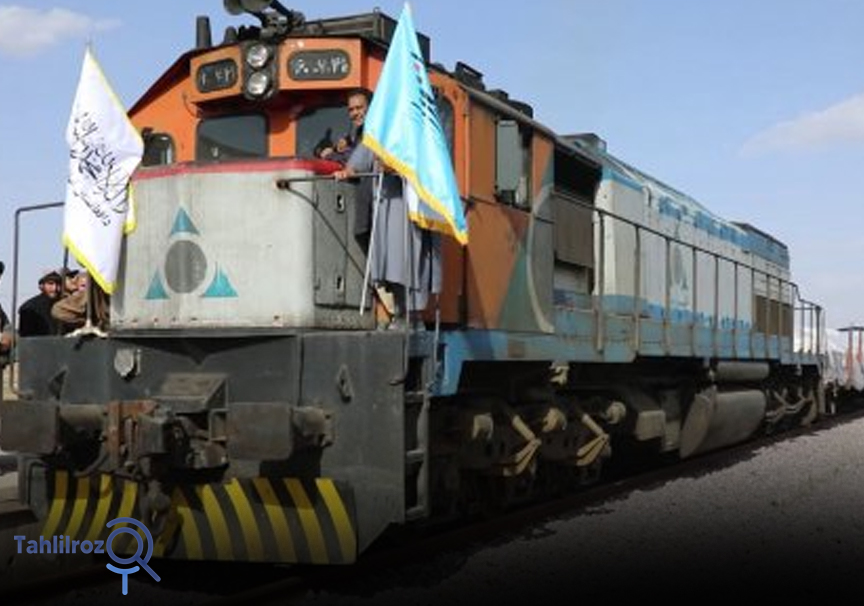
Challenges and Future Prospects for Afghanistan’s Transit Capacity
Despite all these opportunities, Afghanistan still faces major obstacles and challenges. The most critical issue is political and security instability. Sudden changes in government structures, lack of international recognition, and persistent security threats in certain regions have made foreign investors cautious about entering large-scale infrastructure projects. In addition, insufficient domestic and foreign investment in railway development and road rehabilitation poses another major barrier to fully unlocking Afghanistan’s transit capacity.
Tense relations with neighbors such as Pakistan and Iran have also, at times, led to border closures or increased transit costs. Administrative corruption and lack of transparency in customs management are further challenges that make trade and transit more expensive and difficult. Moreover, the absence of regional coordination and comprehensive agreements has prevented Afghanistan from fully playing its role in the Asian trade network.
Nevertheless, Afghanistan also has significant opportunities ahead. The increasing demand by Central Asian countries for access to open waters presents a unique chance for Afghanistan to serve as a vital link. Potential support from international institutions and investments from China’s New Silk Road initiative could help pave the way for infrastructure development. Moreover, expanding transit routes can facilitate greater exports of Afghan products to global markets and support the growth of small and medium-sized industries in the country.
The future outlook for Afghanistan Transit capacity will depend on the government’s ability to manage these opportunities and challenges. If Afghanistan can ensure relative security, establish friendly relations with its neighbors, and implement necessary reforms in its administrative and economic systems, it can undoubtedly become one of the most important transit hubs in the region. In that case, the country could generate billions of dollars annually in transit revenues and free itself from dependency on foreign aid.
Conclusion
Despite decades of war and political turmoil, Afghanistan still possesses a unique geographical position that could transform the country’s economic future. The Taliban’s recent announcement regarding the movement of over 80,000 tons of goods within a week via railway is a clear indication of the beginning of a positive trend in utilizing Afghanistan Transit capacity. If properly harnessed, Afghanistan could become a crossroads linking Central Asia, South Asia, the Middle East, and even East Asia.
However, achieving this ambitious goal depends on overcoming key issues such as political instability, infrastructure weaknesses, and the lack of regional coordination. If these barriers are addressed, Afghanistan will not only find a path toward its own economic development but also become a key player in the regional economy.
Afghanistan’s future, more than anything else, lies in transit and its role as a regional trade corridor—a capacity that could fundamentally reshape the country’s destiny.
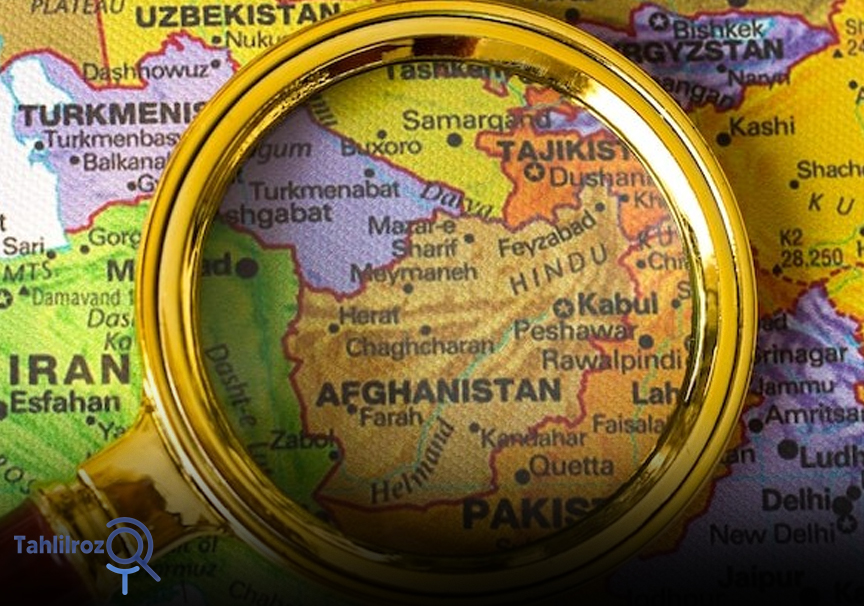
Moslem Akhlaqi

